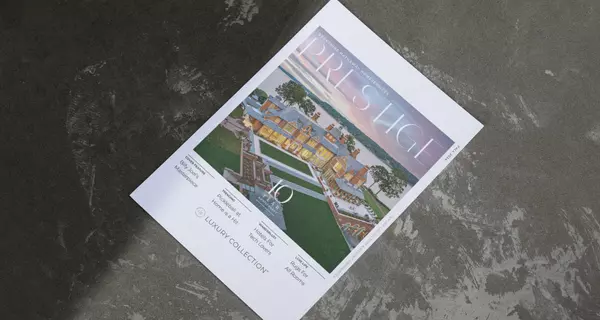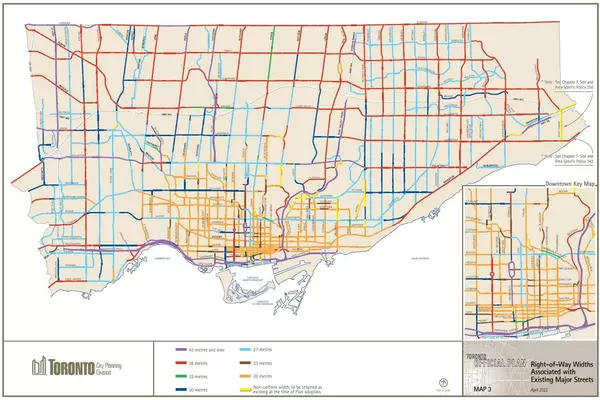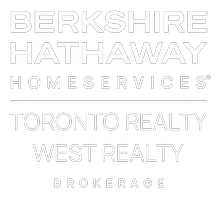A History of Housing vs Immigration

Canada's history has been shaped by immigration, with waves of newcomers arriving on our shores seeking a more free and prosperous life. Housing starts, a key indicator of construction activity, have historically followed immigration trends. However, in recent years, a concerning gap has emerged between the two. In this blog, we'll explore the historical relationship between housing starts and immigration in Canada, examine why housing starts are not keeping pace with record-level immigration, and discuss the implications this may have on the real estate market moving forward.
Historical Context
Immigration has played a vital role in shaping Canada's population growth and urban development. From the early 20th century to the 1960s, immigration levels in Canada were relatively low, with an average of around 100,000 newcomers per year. Housing starts during this period were modest, with an average of around 50,000 units per year.
The 1960s and 1970s saw a significant increase in immigration, with numbers reaching over 200,000 per year. Housing starts responded accordingly, with an average of around 150,000 units per year. This period saw the development of many suburban areas, as newcomers settled in cities like Toronto, Vancouver, and Montreal.
The Current Gap
Fast-forward to today, and the picture looks very different. Immigration levels are at record highs, with over 470,000 new permantent residents coming to Canada in 2023 . This represents a significant increase from the 340,000 admitted in 2019 . However, housing starts have not kept pace. In 2023, new home starts amounted to 231,926 units , a significant shortfall compared to the number of new immigrants.
The Canadian government has outlined the need for 3.87 million new homes to be built by 2031. This would mean that annual residential construction starts across Canada, from condos to bungalows, would need to more than double the average of the past 23 years. Many see this goal as completely unattainable, and failure to hit these numbers will have a dramatic impact on the market as the supply will fall exponentially short of the demand from both buyers and renters.
Why the Gap Matters
The gap between housing starts and immigration has significant implications for Canada's housing market and economy. Without sufficient housing supply, newcomers are forced to compete for limited housing options, driving up prices and rents. This can lead to increased housing affordability issues, reduced economic mobility, and decreased quality of life.
For those who are looking to purchase a property, whether it be as a principal residence or an investment, this imbalance between supply and demand is the single most important factor when looking towards the future.
Sources
-
Budget 2024
-
Canada's Housing Plan
-
Canada Mortgage and Housing Corporation
-
Immigration, Refugees and Citizenship Canada
-
Statistics Canada
-
Canadian Real Estate Association
-
Toronto Regional Real Estate Board
-
Vancouver Regional Real Estate Board
Categories
Recent Posts

Prestige Magazine Fall 2024

3 Government Changes You Should Know About

Why now is the time to buy. (In 3 charts)

October 2024 Detailed Market & Mortgage Report

Critical Changes to Insured Mortgages & Their Benefits

2024/25 BHHS Global Luxury Landscape Report

20 Year Investment Story - Basement Apartment

2024 Fall Market Predictions

The opportunity in Toronto's new "major street" bylaw.

June 2024 Detailed Market & Mortgage Report
